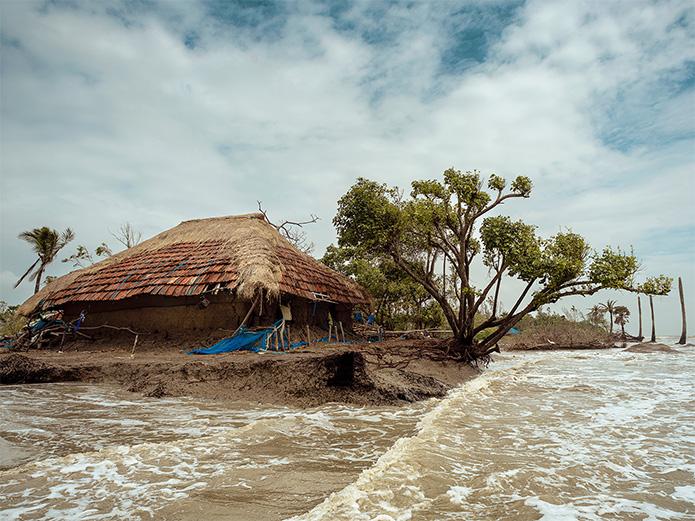LEGAL VALIDITY FOR LOSS AND DAMAGE FUND FOR GLOBAL SOUTH- POST COP 28 ANALYSIS
30/6/25

The concept of Loss and Damage (L&D) in international climate law emerged from the persistent demands of vulnerable states, particularly the Alliance of Small Island States (AOSIS), which have historically borne the brunt of climate-induced catastrophes. Photo credit: mitra kountik via Shutterstock
The climate-related degradation has increased to a level where the current international jurisprudence measures are already ineffective to provide responses against irrecoverable losses, especially in the Global South. One of the climate issues historically sidelined by climate diplomacy, i.e., Loss and Damage, again rose to the top of the agenda with the creation and operationalization of the Loss and Damage Fund through the COP 27 and COP 28, respectively. Although the Fund is heralded as a breakthrough, the issues that surround its effectiveness are questions about its legal enforceability, legitimacy of its governance as well as, evenness of access. The present paper casts a legal doubt on the international climate law nature of Loss and Damage in the aftermath of COP 28, as well as analyses the feasibility of mechanisms developed so far. It applies to recent institutional reports, climate negotiations and legal scholarship to assess the ability of the Loss and Damage framework to bring climate justice. This paper proposes that although the operationalization of the fund is a big step in the right direction, the fact that it is based on soft law, lacks the existence of a binding ethos, and is governed on an interim basis by the World Bank may compromise its legal viability and success in the long run.





Watch the video here:


